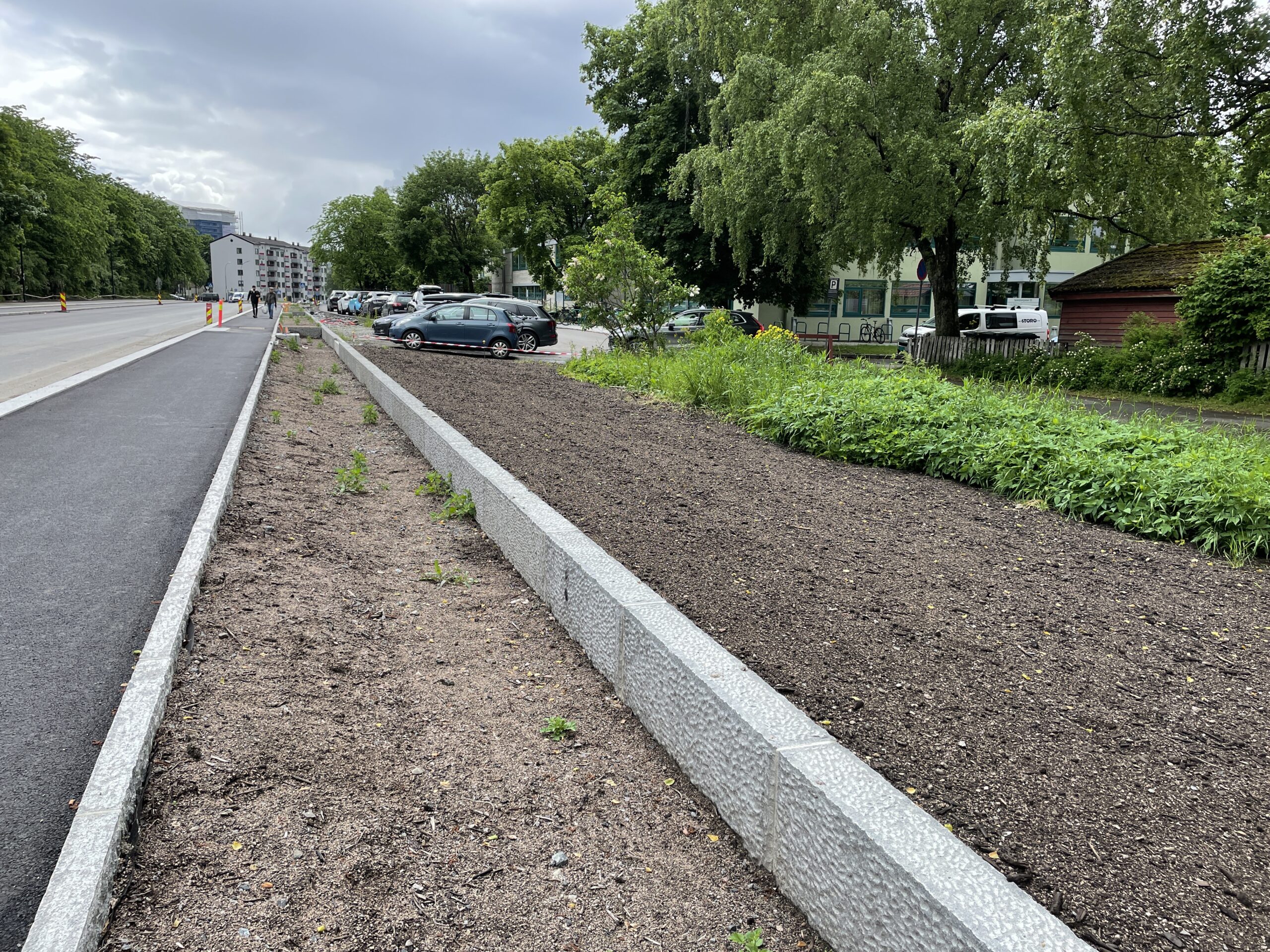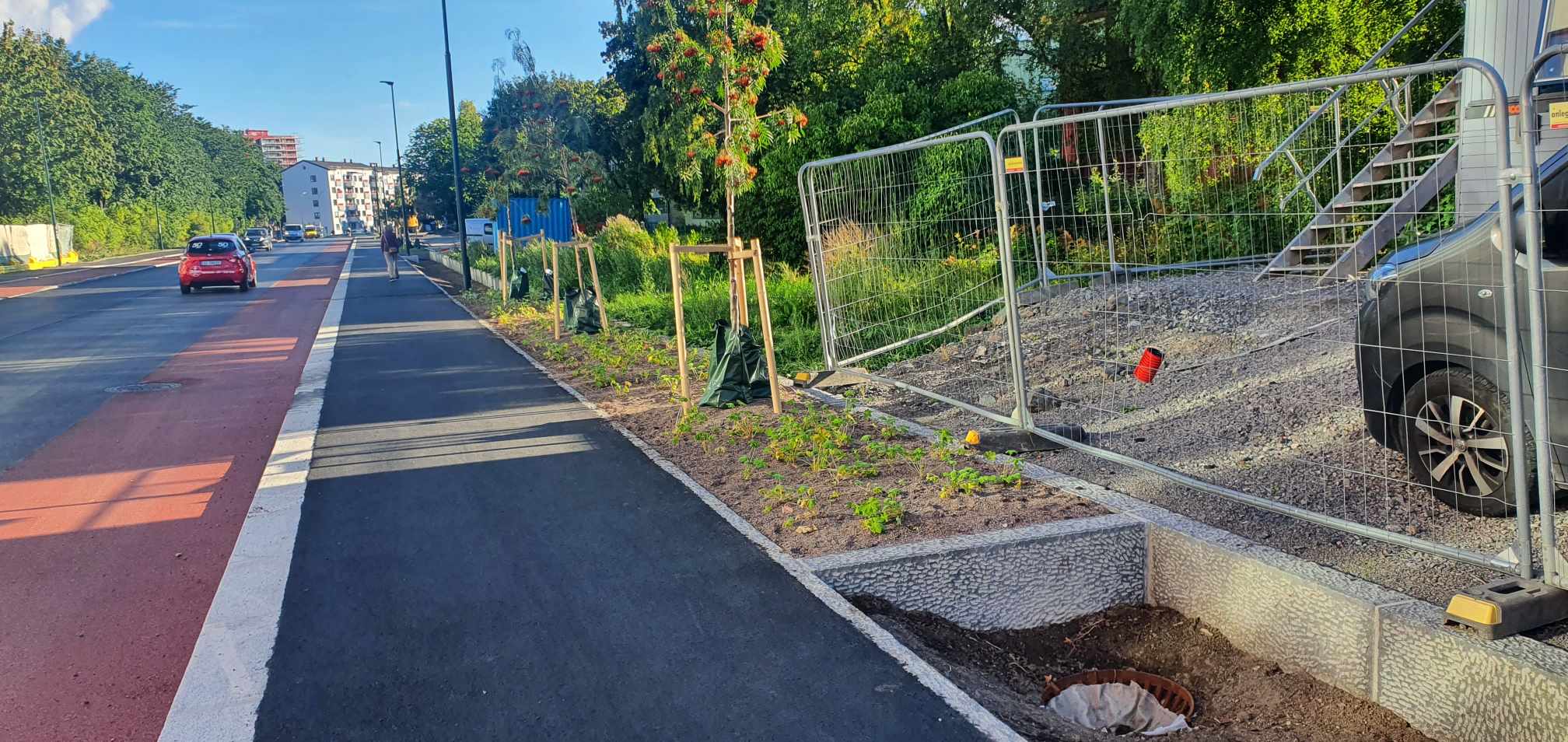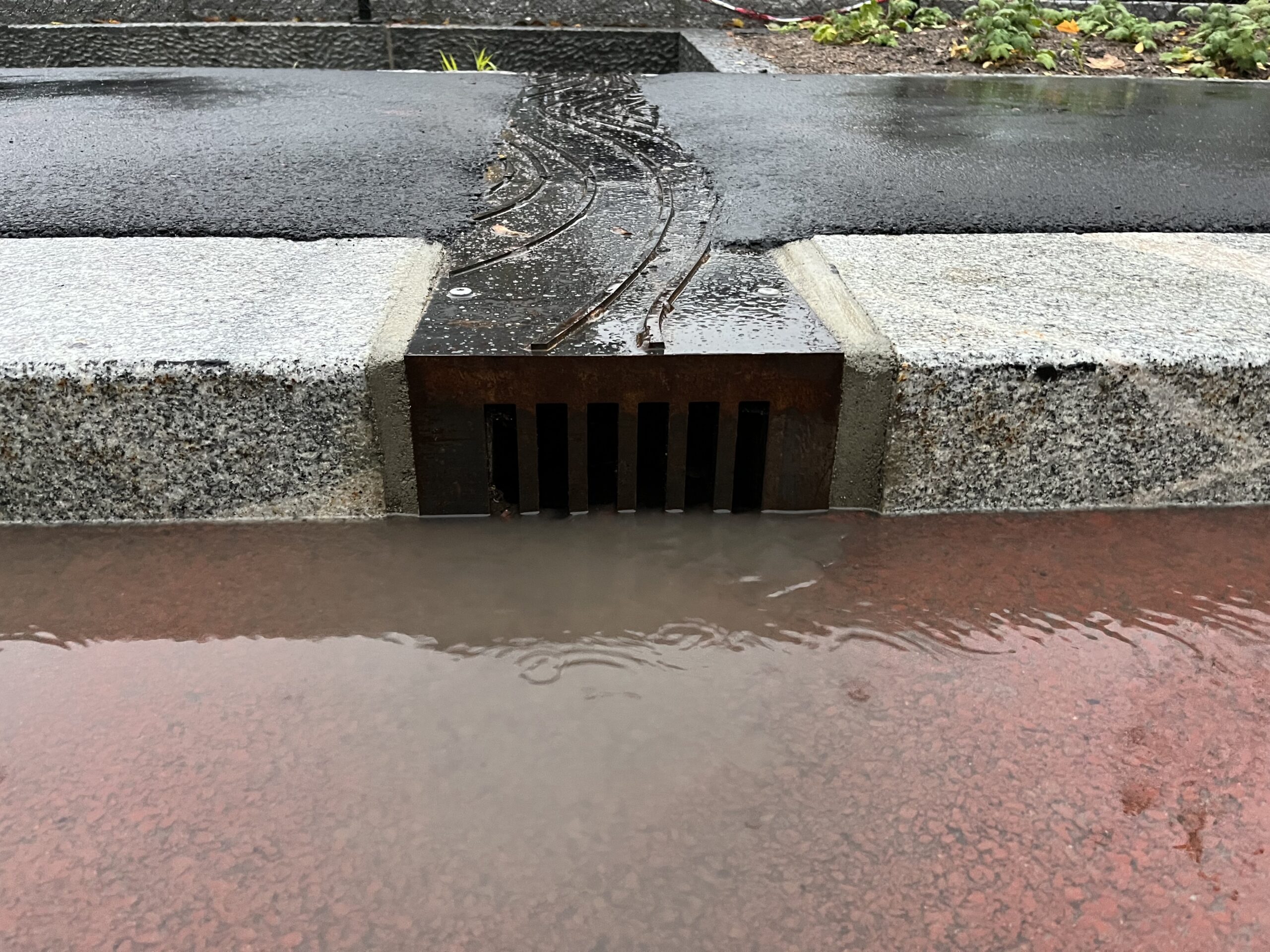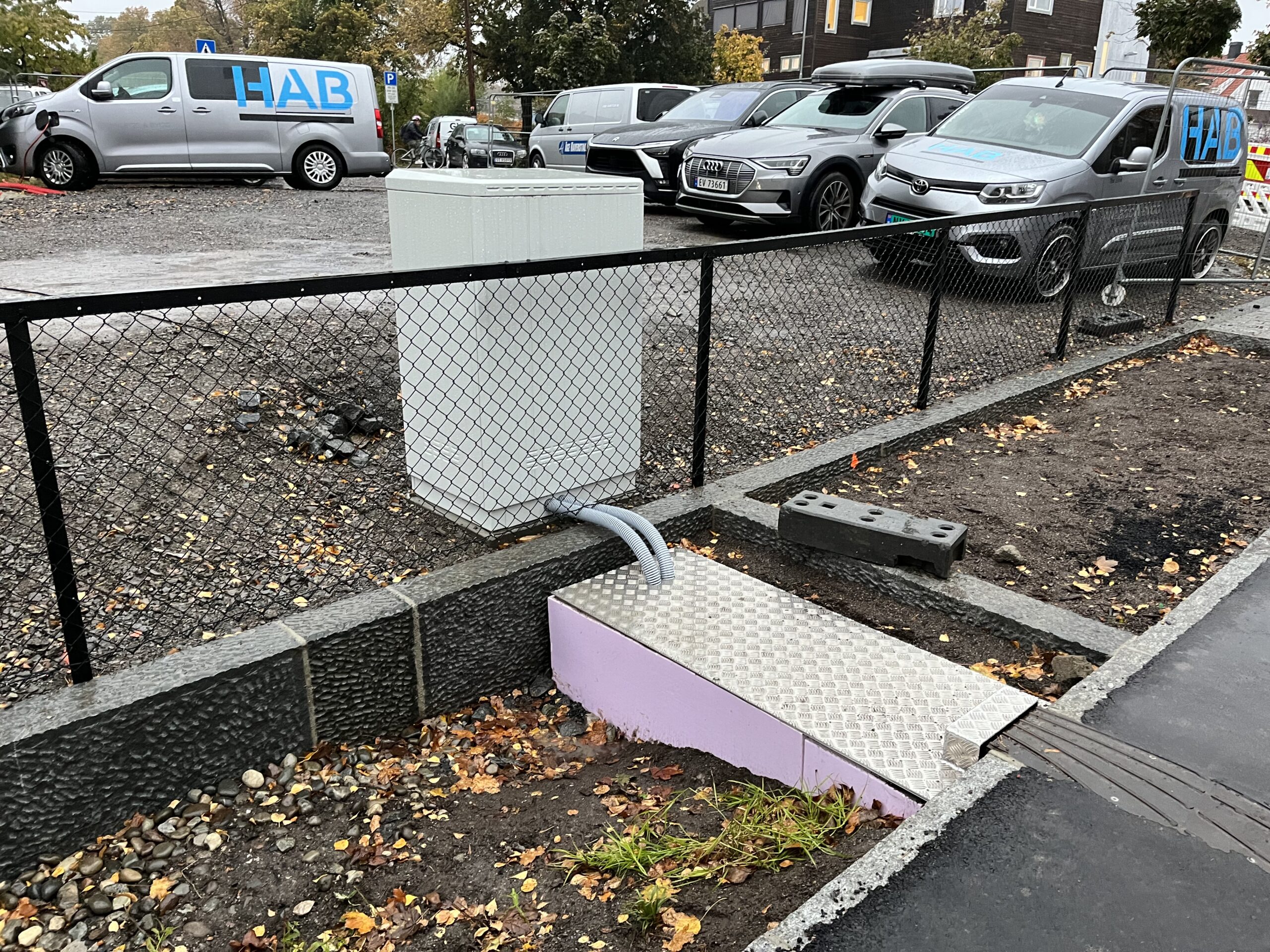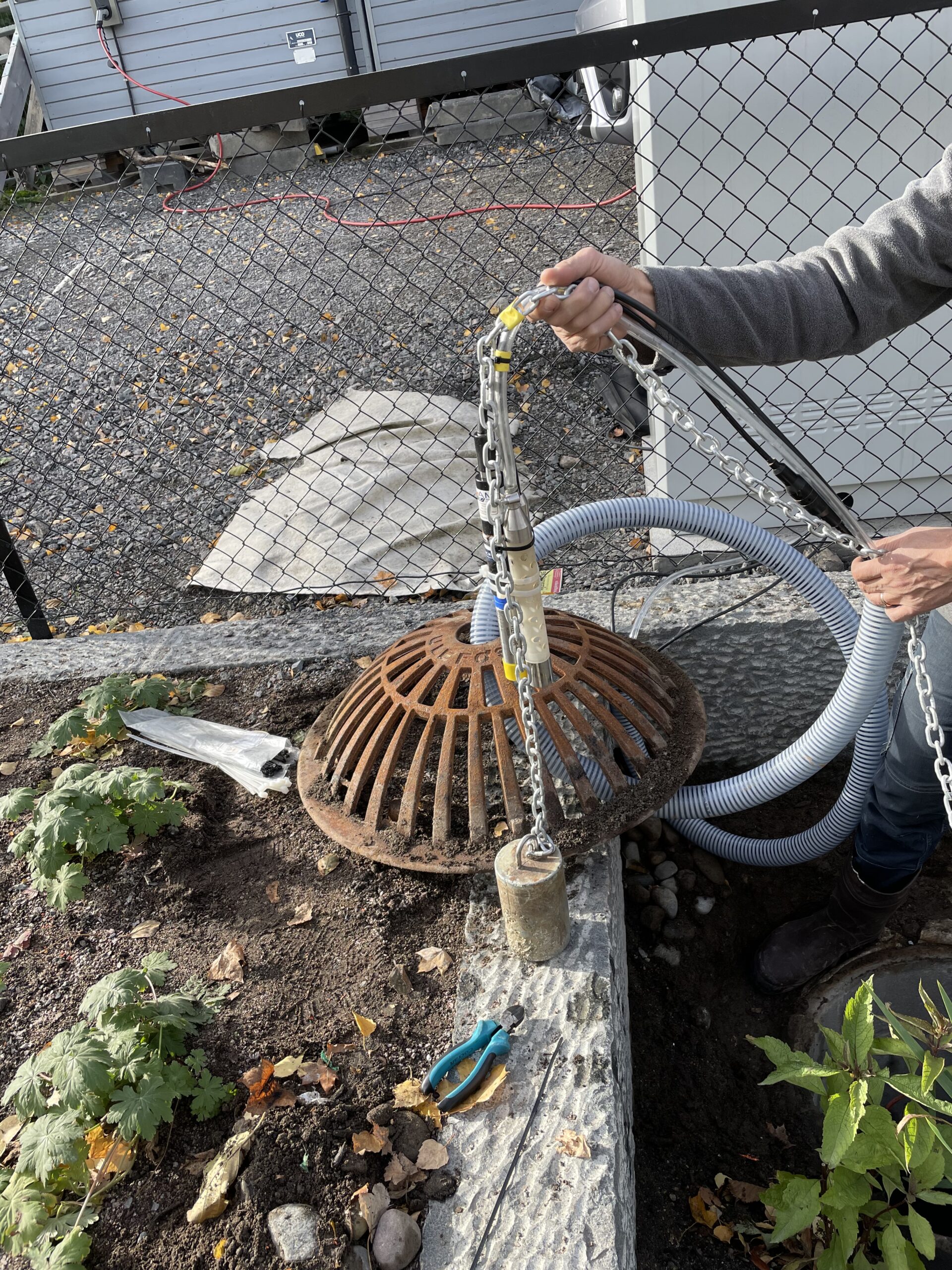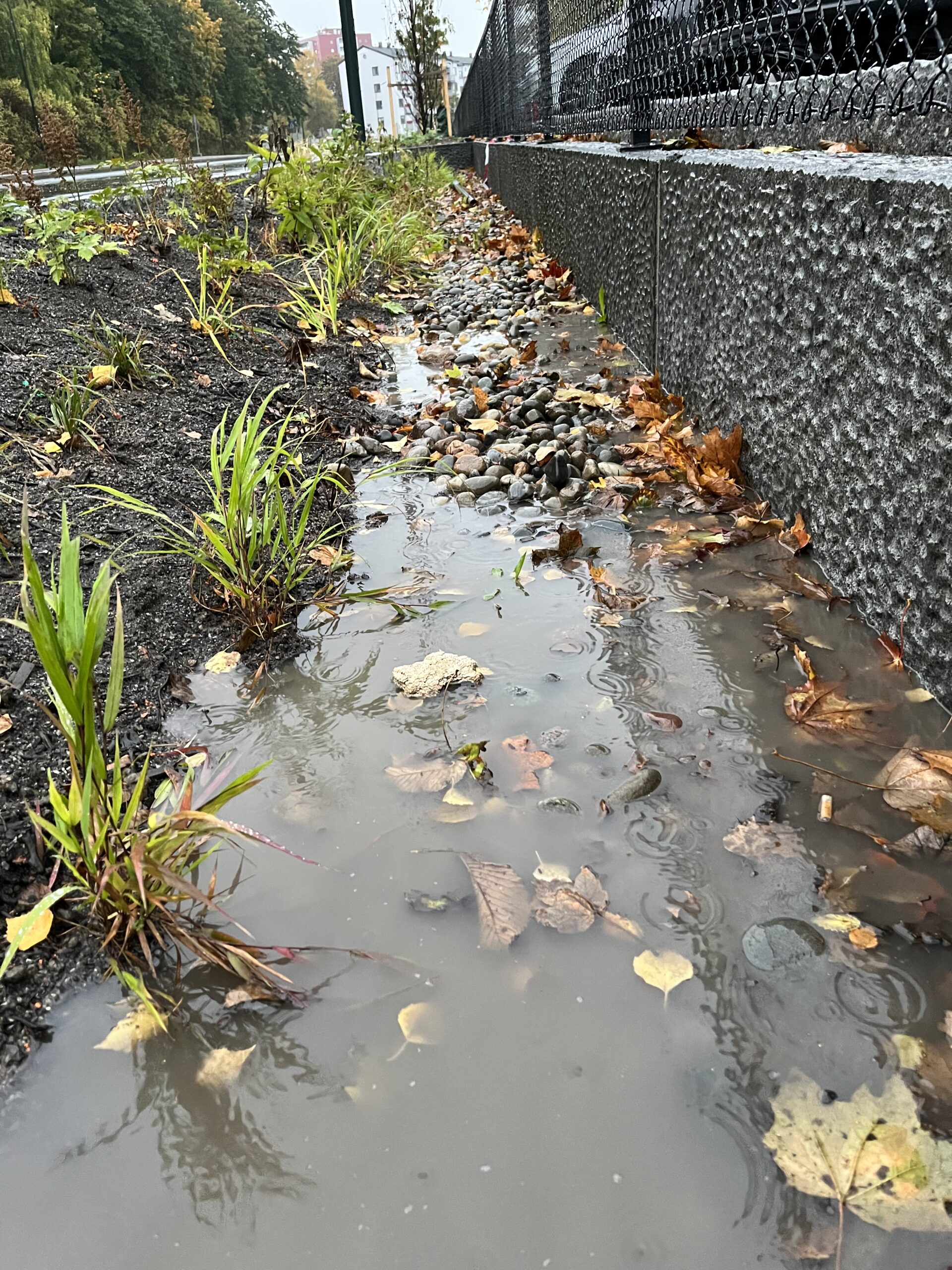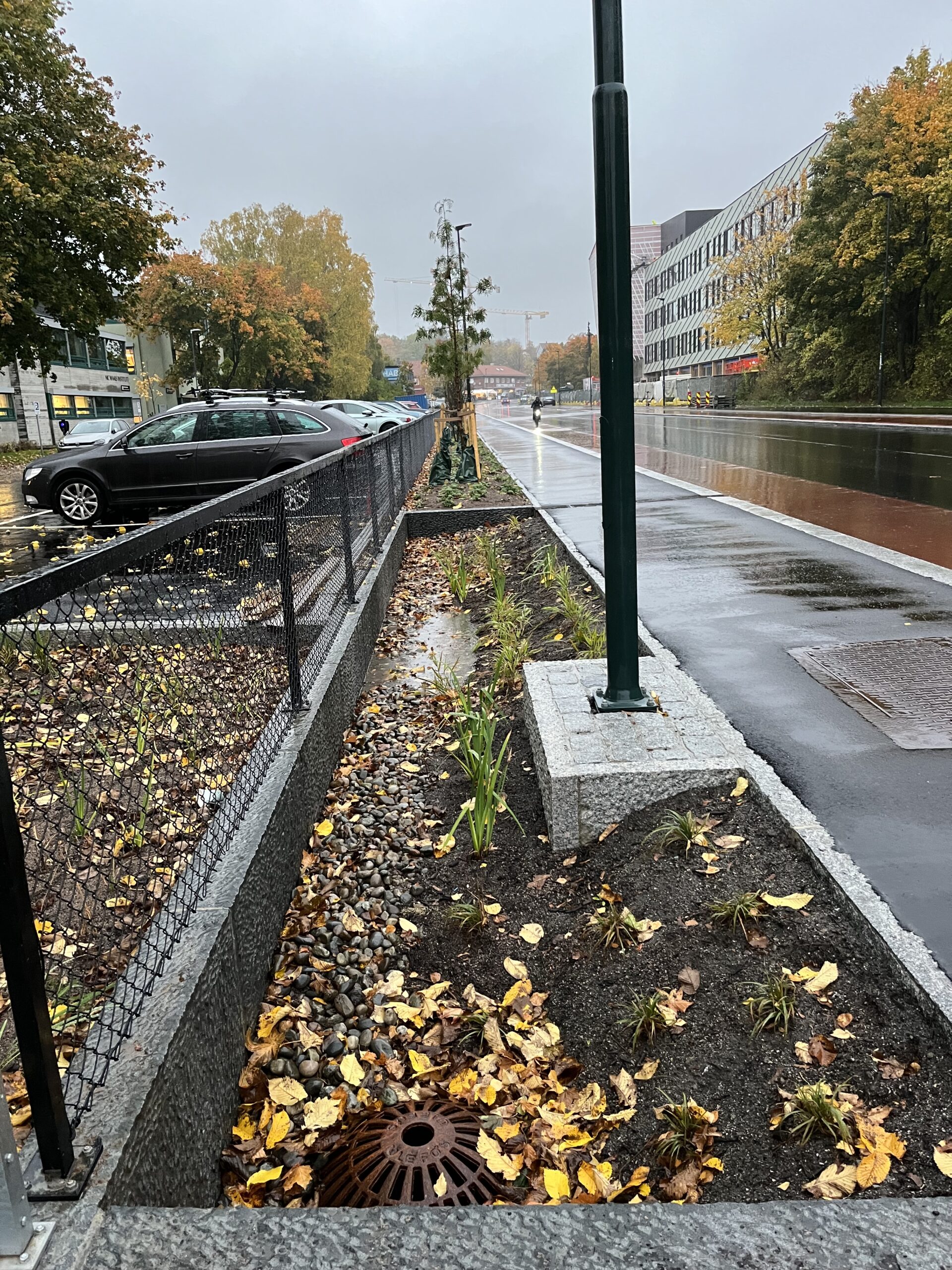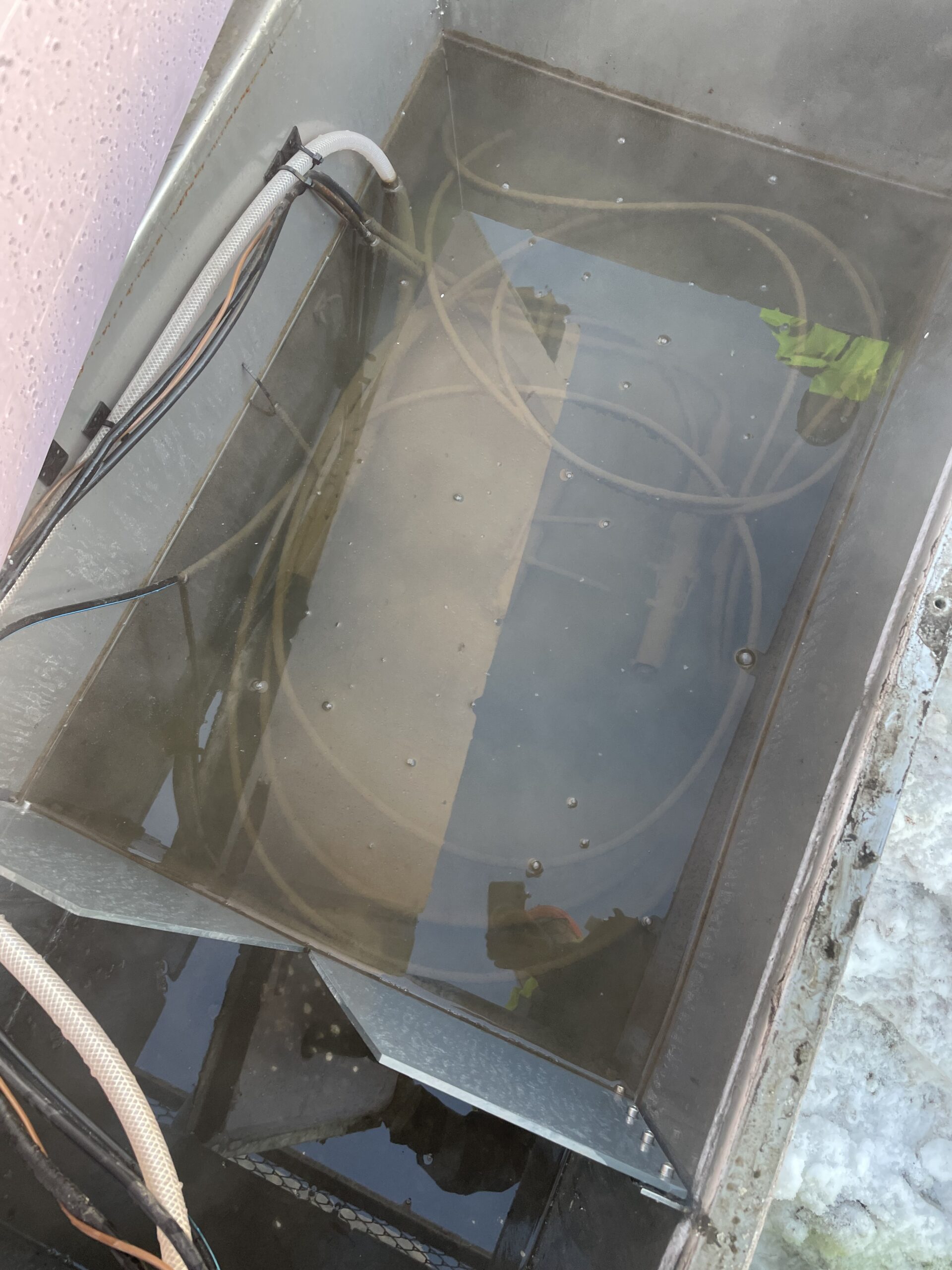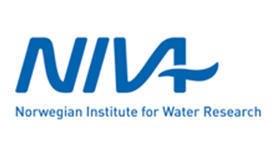
Road Runoff
Oslo, Norway
Key Facts
- Technology: Raingarden, water-treatment, storage and potential irrigation
- Challenge addressed: Improved water quality for local sea-trout habitat and potential reuse for irrigation
- Main innovation: Exploring possibilities for alternative water sources for irrigating urban green areas. Demonstrating the use of innovative sorption materials for water treatment.
Environmental &
Socio-economic impacts
According to Climate Strategy for Oslo towards 2030, increased periods of heavy rainfall combined with urban development and paved areas will result in increased stormwater and urban flooding in Oslo. Much of the stormwater ends up together with sewage in pipes underground to wastewater treatment plants. During periods of heavy rainfall, these pipes overflow directly into rivers and Oslofjord without any treatment, discharging harmful environmental pollutants.
As a part of Oslo’s Climate Strategy, the City of Oslo identifies 16 areas of priority, among them:
“Oslo will preserve and restore its watercourses, fjord, parks and outdoor recreation areas. Oslo will develop the city from the city centre outwards and densify around public transport hubs.”
With higher temperatures, more frequent and intense precipitation, increasing stormwater and urban floods, and a growing population, it will be important to utilize the already limited space with new and innovative technologies. Nature-based solutions for water treatment (NBSWT) such as rain gardens will be an important instrument in mitigating climate change and implementing the Climate Strategy for Oslo towards 2030. It will also be important to evaluate the performance of such systems in a Scandinavian climate with cold temperature, snow during winter, and snow melt in the spring. Strengthening the status of urban habitats and data gathered from monitoring will help create tools and guidance to adopt and maintain NBSWT in urban settings and offer policy recommendations to safely reuse water in urban areas. In this way, NBSWT will be important to build cities in a climate-friendly way for a better future.
The Norwegian Pilot
The Norwegian pilot treats road runoff from Tåsenveien in the City of Oslo, and due to renovations in 2023 to include sidewalks and bike lanes on both sides of the road, this area is more walkable and bikeable with easier access to public transport.
Tåsenveien is about 730 meters long and prone to flooding. As a part of the renovation, more than 50 trees were planted, and rain gardens were established to mitigate flooding and to treat road runoff. The rain gardens are a good example of NBSWT built to filter and treat road runoff such that pollutants found in the road runoff do not enter rivers and Oslofjord. Collection of treated runoff water in storage tanks is also planned to test whether this could be a cost-efficient way to irrigate the green areas along the street during the dry summer season.
Sensors were installed at the inlet and outlet of the rain garden to evaluate the performance of this system by measuring turbidity, temperature, and the water level. However, in December 2022, the weir box (container) keeping these sensors at the inlet was damaged as a result of snow removal. Despite this setback, the sensors remain intact and the redesigned weir box and its instruments were reinstated. In 2023, a conductivity sensor at the inlet and outlet and an automated sampling device were installed to respectively measure levels of salinity from salting roads and pollutants.

